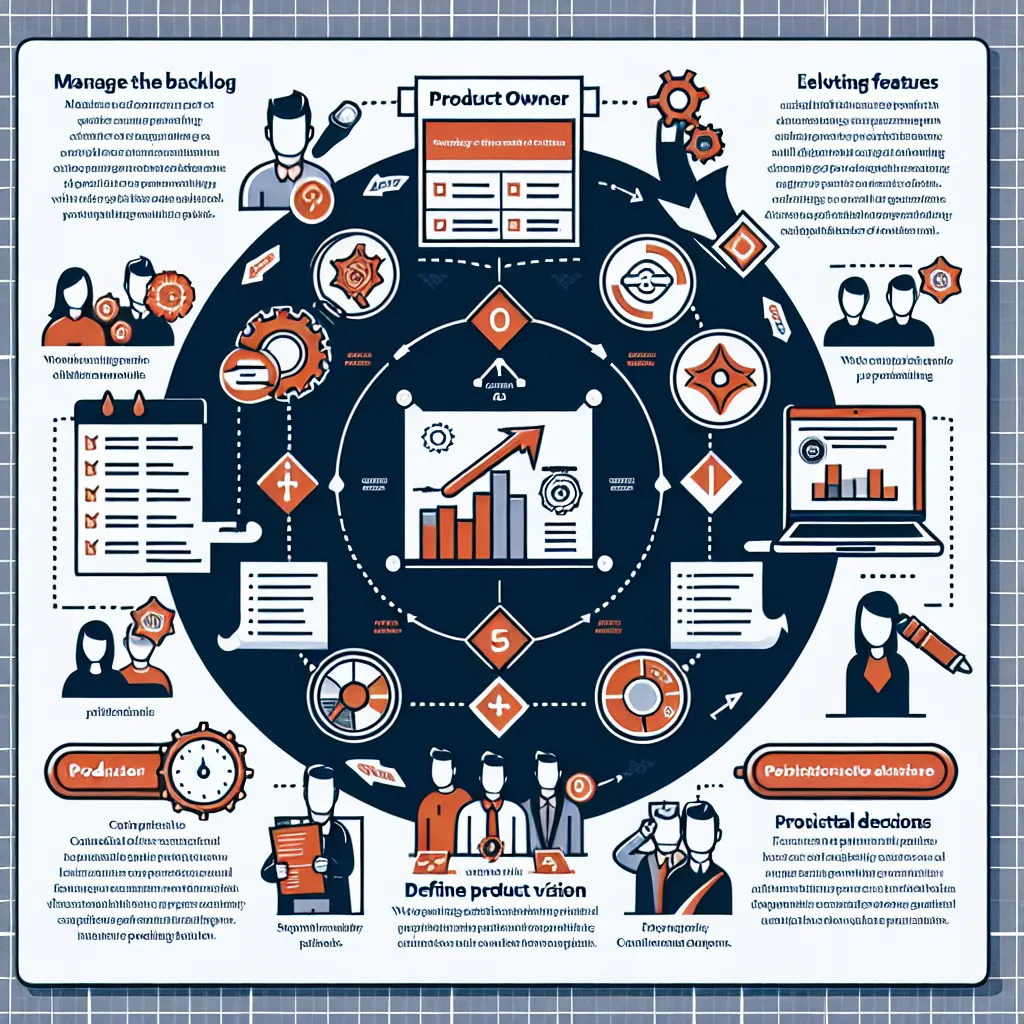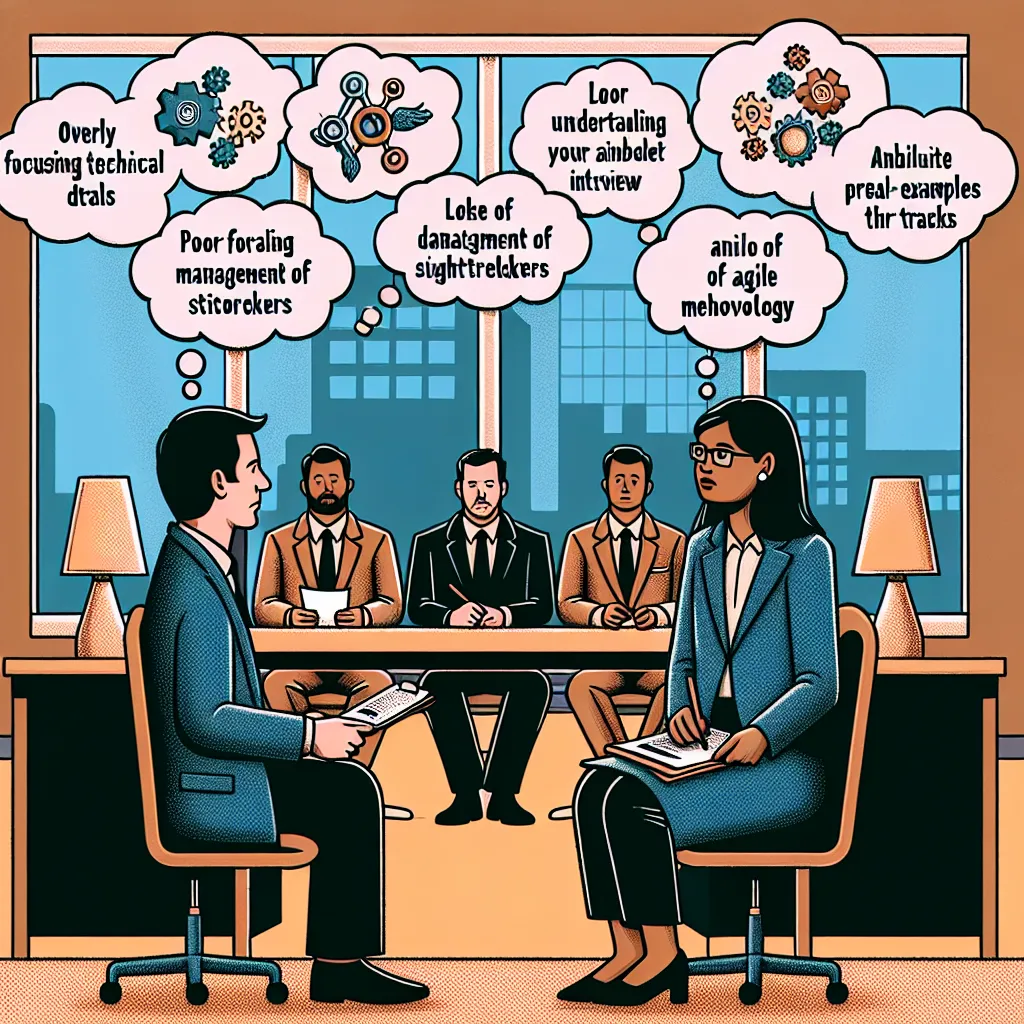Are you aspiring to become a Product Owner or looking to advance your career in this role? Preparing for a Product Owner interview is crucial to showcase your skills and land your dream job. In this comprehensive guide, we’ll explore effective strategies to help you ace your Product Owner interview.
Understanding the Product Owner Role
Before diving into interview preparation, it’s essential to grasp the significance of the Product Owner role in an Agile environment. A Product Owner is responsible for maximizing the value of the product and the work of the development team. They serve as the primary liaison between stakeholders and the development team, ensuring that the product vision aligns with business objectives.
Key Responsibilities of a Product Owner
- Managing the product backlog
- Prioritizing features and requirements
- Collaborating with stakeholders and development team
- Defining and communicating product vision
- Making critical product decisions
Understanding these responsibilities is crucial for demonstrating your suitability for the role during the interview.
 Product Owner Responsibilities
Product Owner Responsibilities
Preparing for Common Product Owner Interview Questions
To excel in your Product Owner interview, it’s important to be ready for a variety of questions. Here are some common questions you might encounter, along with sample answers:
1. How do you prioritize the product backlog?
Sample answer: “I prioritize the product backlog using a combination of factors, including business value, customer impact, and technical feasibility. I use techniques like MoSCoW method (Must have, Should have, Could have, Won’t have) and weighted scoring to ensure that high-value items are at the top of the backlog. I also regularly consult with stakeholders and the development team to validate priorities and adjust based on changing market conditions or customer feedback.”
2. How do you handle conflicting stakeholder requests?
Sample answer: “When faced with conflicting stakeholder requests, I first ensure that I fully understand each stakeholder’s perspective and the underlying business needs. I then facilitate a discussion to find common ground and align on priorities. If necessary, I use data-driven decision-making techniques to objectively evaluate the impact of each request. Ultimately, I make decisions based on what will deliver the most value to the product and the organization, while maintaining open communication with all stakeholders about the rationale behind the decisions.”
3. How do you measure the success of a product?
Sample answer: “I measure product success through a combination of quantitative and qualitative metrics. Quantitatively, I track key performance indicators (KPIs) such as user adoption rates, revenue growth, customer retention, and feature usage. Qualitatively, I gather feedback through user interviews, surveys, and customer support channels. I also monitor market trends and competitor analysis to ensure our product remains competitive. Regular review of these metrics helps me gauge the product’s performance and inform future decisions.”
4. How do you collaborate with the development team?
Sample answer: “Collaboration with the development team is crucial for success. I maintain an open line of communication, attending daily stand-ups and sprint planning meetings. I ensure that the team understands the product vision and the ‘why’ behind each feature. I’m always available to clarify requirements and answer questions. Additionally, I involve the team in grooming sessions to get their input on technical feasibility and effort estimation. This collaborative approach helps build trust and ensures that we’re all working towards the same goals.”
5. How do you balance short-term fixes with long-term product vision?
Sample answer: “Balancing short-term fixes with long-term vision requires strategic thinking. I maintain a clear product roadmap that outlines our long-term goals. When short-term issues arise, I evaluate them against this roadmap. If a short-term fix aligns with or supports our long-term vision, it’s prioritized. However, if it’s a temporary solution that might hinder future progress, I work with the team to find alternatives. I also allocate a portion of our development capacity to addressing technical debt and making architectural improvements that support our long-term goals.”
Tips for Handling Unexpected Questions
Even with thorough preparation, you may encounter unexpected questions. Here are some tips to handle them effectively:
- Stay calm and composed
- Ask for clarification if needed
- Take a moment to gather your thoughts
- Draw from your experience and relate it to the question
- Be honest if you don’t know the answer, but explain how you would approach finding the solution
Remember, interviewers are often more interested in your problem-solving approach than in perfect answers.
Common Mistakes to Avoid in Product Owner Interviews
Being aware of common pitfalls can help you navigate your interview more successfully. Here are some mistakes to avoid:
- Focusing too much on technical details and not enough on business value
- Failing to demonstrate stakeholder management skills
- Not showing a clear understanding of Agile methodologies
- Inability to explain how you prioritize and make decisions
- Lack of examples from past experiences to support your answers
By avoiding these mistakes, you can present yourself as a well-rounded candidate who understands both the technical and business aspects of the Product Owner role.
 Common Product Owner Interview Mistakes
Common Product Owner Interview Mistakes
Follow-up Questions and Suggested Answers
Here are some additional follow-up questions you might encounter in a Product Owner interview, along with suggested answers:
-
Q: How do you handle scope creep?
A: “I manage scope creep by maintaining a clear product vision and regularly communicating it to stakeholders. I use techniques like the MoSCoW method to prioritize features and ensure that ‘must-have’ items are completed first. If new requests come in, I evaluate them against our product goals and current sprint commitments. If they’re critical, I work with the team to see if we can accommodate them without compromising our sprint goals. Otherwise, I add them to the backlog for future consideration.” -
Q: How do you ensure the product backlog is always ready for the next sprint?
A: “I maintain a healthy product backlog through regular grooming sessions with the development team. We review upcoming items, break them down into manageable user stories, and ensure they’re properly estimated. I also continuously refine and prioritize the backlog based on feedback and changing business needs. This proactive approach ensures we always have well-defined, high-priority items ready for the next sprint planning session.” -
Q: How do you communicate product updates to different stakeholders?
A: “I tailor my communication style to different stakeholder groups. For executives, I focus on high-level progress, KPIs, and strategic alignment. For the development team, I provide detailed updates on feature progress and upcoming priorities. For customers, I create release notes and blog posts highlighting new features and benefits. I also maintain a product roadmap that’s accessible to all stakeholders, providing transparency into our plans and progress.” -
Q: How do you incorporate user feedback into the product development process?
A: “I value user feedback as a crucial input for product development. I gather feedback through various channels such as surveys, user interviews, and analytics. I analyze this data to identify patterns and prioritize issues. Significant feedback is discussed with the team during backlog grooming sessions, and if validated, it’s incorporated into our product backlog. I also involve users in beta testing new features to ensure we’re meeting their needs before full release.” -
Q: How do you handle technical debt in your product development process?
A: “I view managing technical debt as an important part of maintaining a healthy product. I work closely with the development team to understand the impact of technical debt on our ability to deliver new features. We allocate a portion of each sprint (typically 10-20%) to addressing technical debt. I also ensure that tackling technical debt is tied to business value by explaining to stakeholders how it improves system reliability, scalability, or development speed in the long run.”
Conclusion
Preparing for a Product Owner interview requires a deep understanding of the role, Agile methodologies, and the ability to balance technical knowledge with business acumen. By familiarizing yourself with common questions, practicing your responses, and avoiding typical mistakes, you’ll be well-equipped to showcase your skills and land that Product Owner position.
Remember, the key to a successful interview is not just about having the right answers, but also demonstrating your passion for product development, your ability to collaborate with diverse teams, and your strategic thinking skills.
For more insights on how to excel in your career, check out our articles on how to talk about your project management experience and how to answer questions about leadership in English. Good luck with your Product Owner interview!




